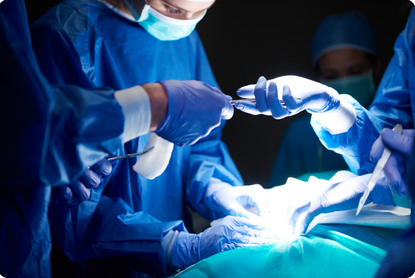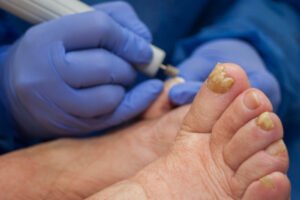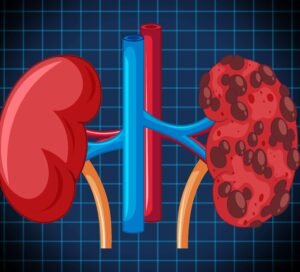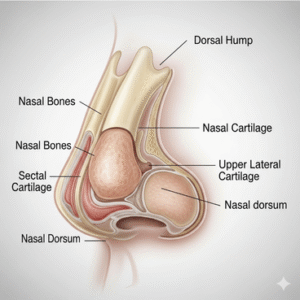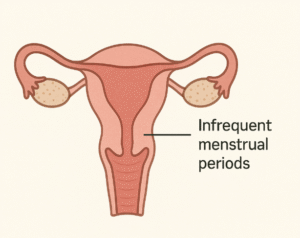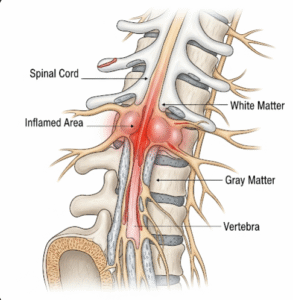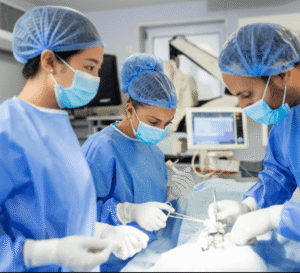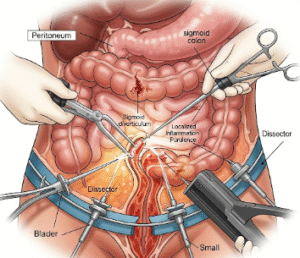What It Is
Umbilicus reconstruction, also called neo-umbilicoplasty, is a surgical procedure to recreate or restore the belly button (navel). Patients may require this procedure if their umbilicus was lost, deformed, or distorted due to previous surgery, hernia repair, trauma, infection, or congenital absence.
In Korea, umbilicus reconstruction is performed with advanced plastic surgery techniques that prioritize natural appearance, hidden scarring, and proper depth and contour of the navel.
Why It’s Done
Patients undergo umbilicus reconstruction because:
- They lost their belly button after surgery (such as hernia repair, tummy tuck, or trauma).
- Their umbilicus looks distorted, flat, or scarred.
- They want a natural-looking navel for aesthetic reasons, especially after body contouring or abdominoplasty.
- A belly button is considered important for cosmetic harmony of the abdomen.
Good candidates include:
- Patients missing or dissatisfied with the appearance of their umbilicus.
- Individuals in good health and at a stable weight.
- Those with realistic expectations about surgical outcomes and scarring.
Alternatives
- Scar camouflage with tattoos: Can imitate a belly button but lacks natural depth.
- No reconstruction: Possible if the patient accepts a flat abdominal appearance.
Preparation
Before umbilicus reconstruction in Korea, patients will:
- Have a consultation and abdominal evaluation.
- Discuss desired belly button shape (round, vertical, or oval).
- Stop smoking and alcohol 2–4 weeks before surgery.
- Avoid blood-thinning medications and supplements.
How It’s Done
- Anesthesia: Local anesthesia with sedation or general anesthesia.
- Techniques:
- Skin flap creation: Small flaps are designed and sutured to form a natural umbilical depression.
- Umbilical stalk reconstruction: If part of the original umbilicus remains, it may be reshaped.
- Scar revision: Old scars are excised or repositioned for a smoother contour.
- Duration: 1–2 hours, outpatient procedure.
Recovery
- First week: swelling, mild discomfort, and dressing changes.
- Stitches are usually removed in 7–10 days if non-dissolvable.
- Patients return to daily activities within a week, but strenuous activity is avoided for 3–4 weeks.
- Final results: a natural-looking, well-positioned umbilicus within 1–3 months.
Possible Complications
- Asymmetry or irregular shape.
- Hypertrophic or widened scars.
- Infection or delayed healing.
- Flattening of the navel over time.
- Rare risks: tissue necrosis or need for revision surgery.
Treatment Options in Korea
Diagnosis
- Physical examination and scar evaluation.
- Preoperative planning using photography and 3D imaging if combined with tummy tuck or body lift.
Medical Treatments
- Non-surgical scar management for mild deformities.
- Tattooing for camouflage in selected patients.
Surgical or Advanced Therapies
- Neo-umbilicoplasty with local flaps to create a new belly button.
- Scar revision techniques to improve contour and hide marks.
- Combined abdominoplasty with umbilicus reconstruction for patients undergoing major body contouring.
- Use of fat grafting for soft tissue improvement around the umbilicus.
Rehabilitation and Support
- Post-op scar care with silicone gels, taping, or laser treatments.
- Regular follow-ups to monitor healing and navel depth.
- Guidance on safe physical activities during recovery.
- International patients benefit from Korea’s refined aesthetic surgical techniques, attention to natural details, and advanced scar-minimization methods.

